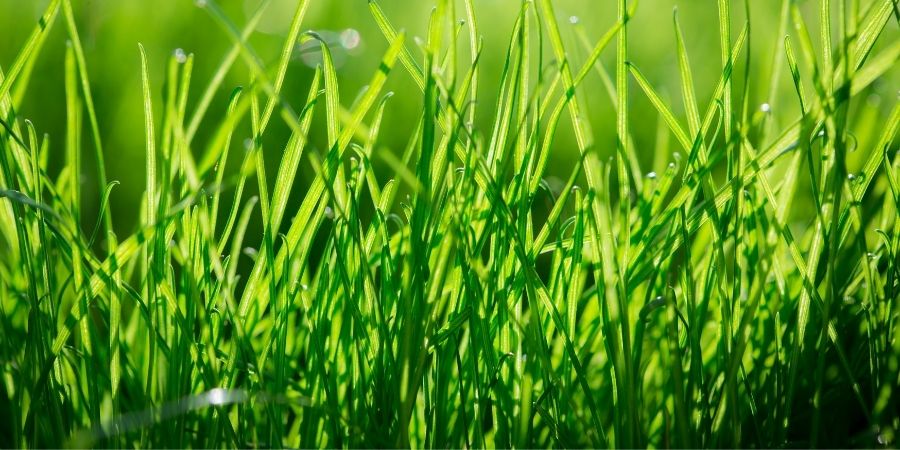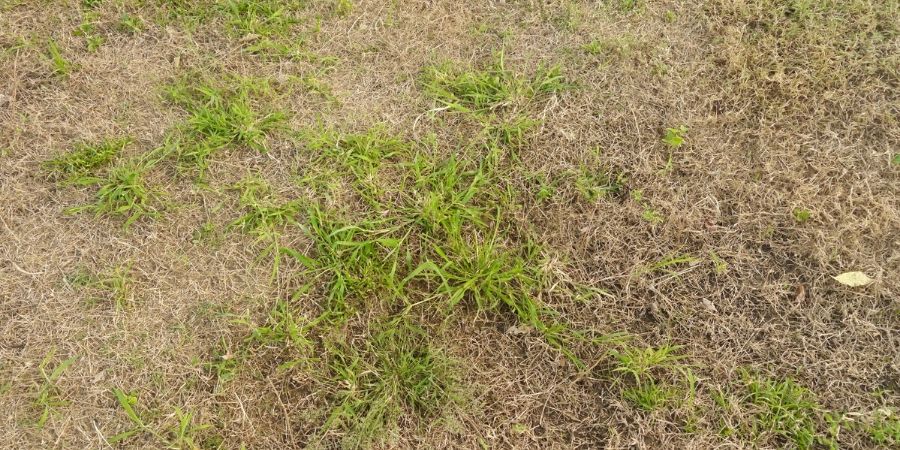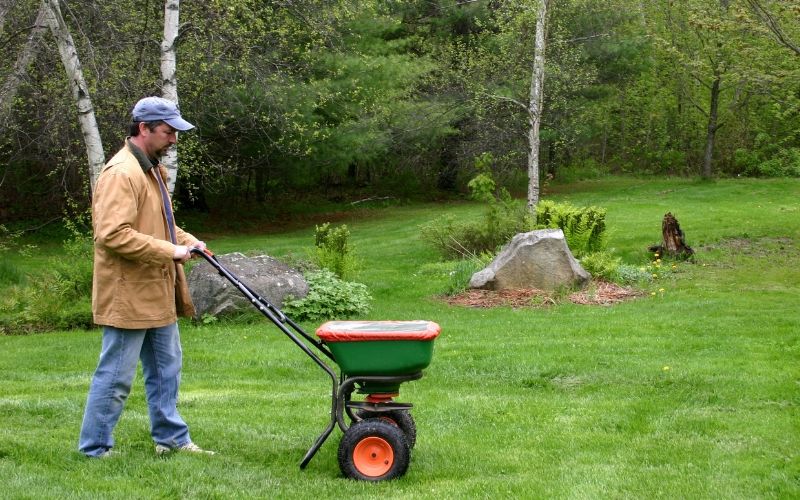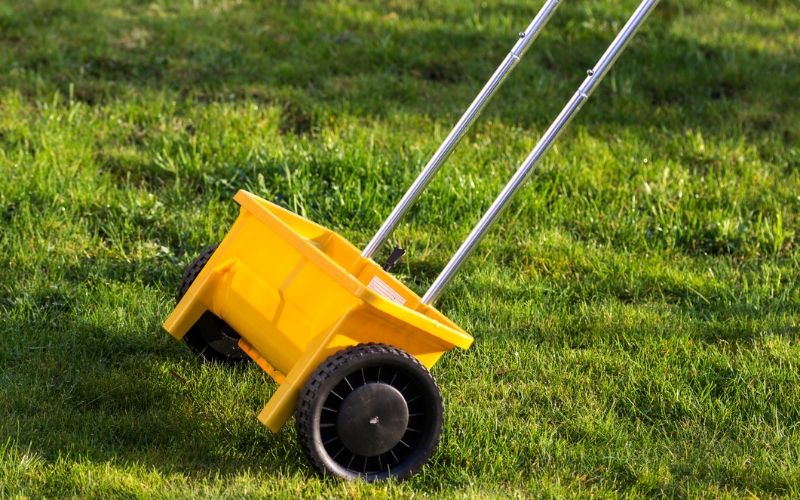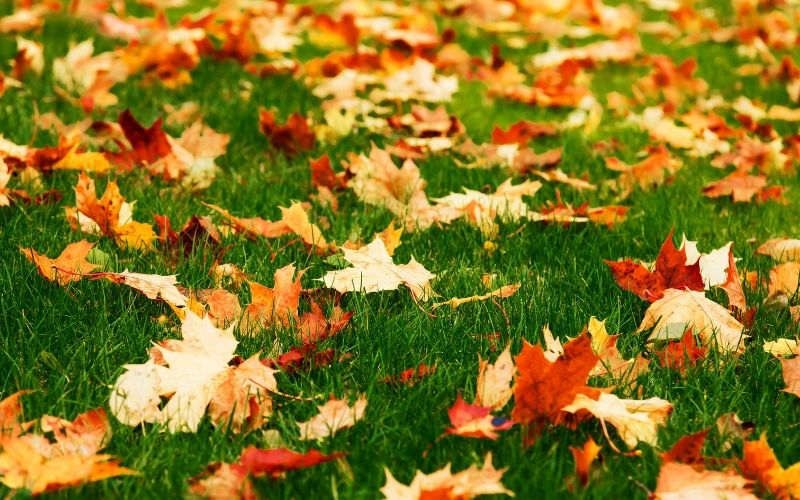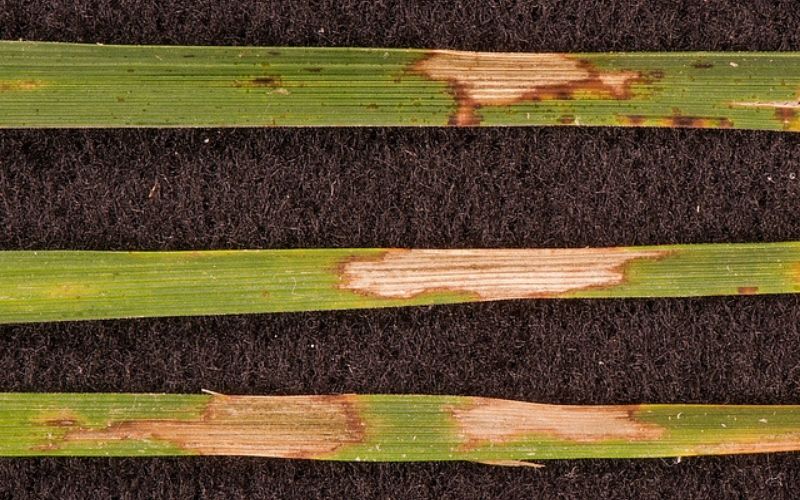Lawn Care Tips
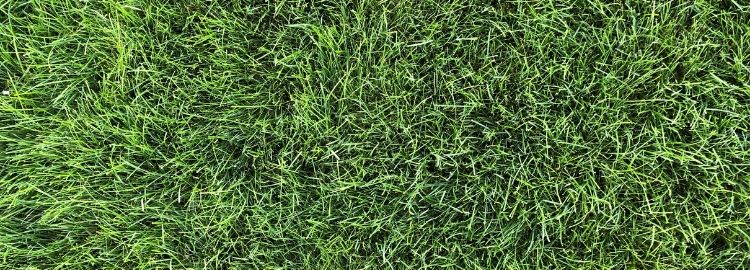
Lawn Care Basics
Your lawn is a reflection of you and the pride you take in your home. We know it’s true. We want to make sure you’re as successful as possible in growing the thick, green lawn you’re looking for.
A lush and healthy lawn requires some work, but if you learn the basics of lawn care, it’s not too difficult. A little knowledge, the right tools, some time and effort, and your lawn will be the envy of your neighbors.
There are five things your lawn absolutely needs: sun, water, air, nutrients, and regular mowing.
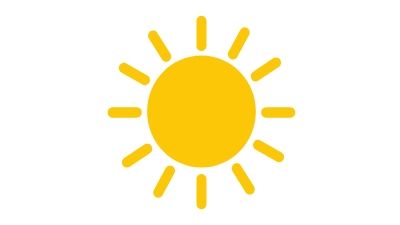
Sun
You can’t control how much sun your lawn gets. Although for shady areas, you can cut back landscaping to increase the amount of sun it gets and seed using shade-tolerant grass.
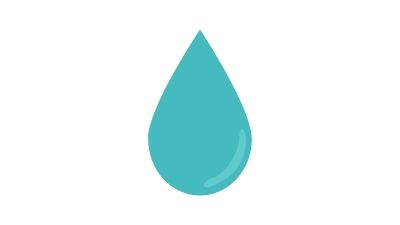
Water
Unlike the sun, you have some control over water. On average, your lawn needs one inch of water per week.
If you need to water your lawn, do it early in the morning. It minimizes water loss through evaporation and allows the sun to dry the leaf blade before a variety of diseases get a chance to settle in.
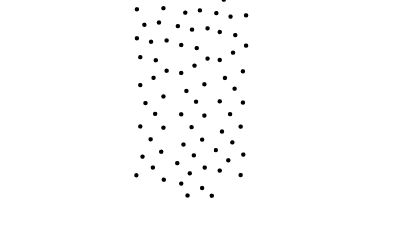
Nutrients
Lawns need food. The best way to provide your lawn with essential nutrients is through regular fertilization. Fertilize with Milorganite four (4) times per year at the recommended rates. Using Milorganite® as the primary fertilizer in your lawn care strategy is good for your lawn and the environment.
Most soils don’t have the essential nutrients for optimum growth. Even if you’re lucky enough to start with great soil, as your lawn grows it absorbs nutrients and reduces soil fertility.
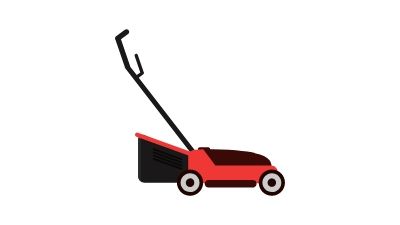
Mowing - Keep it Tall!
To maintain a healthy lawn, you have to mow your lawn regularly.
Taller grass helps keep your lawn healthier and it’ll also help keep the weeds down.
Here’s an easy rule of thumb to follow: only cut off one-third of the blade of grass whenever you mow. Cut off more and you’ll start to see more weeds because weed seeds will begin to germinate. You’ll also have to water more. So remember the one-third rule!
You’re bound to face a few challenges in your quest for the perfect lawn, but Milorganite is here to help:
- Are you establishing a new lawn or trying to fill-in dead patches? Check out our page on seeding vs. sodding to help you decide which works best for you.
- Is your lawn changing color due to natural causes or disease? It’s important to know whether it’s natural or the sign of common lawn disease. Natural discoloration may be due to drought-like conditions and entering dormancy to protect itself.
- Have more lawn and garden related questions? We have answers to frequently asked questions about Milorganite, its use, and application, among others.
More Lawn Care Tips
Overseeding
If you live in an area that has hot summers and mild winters, such as the South, the best time to overseed is in the fall. Keep your grass looking green year-round by overseeding with cool-season grass seed, like ryegrass, which grows quickly.
In the North, fall is also the best time to overseed, but spring is acceptable if that’s when you can get to it. In early fall, seeds will germinate faster in the warmer soil and continue to grow through the cool months ahead. Grass seed germinates when the soil is about 50 ⁰F, which will happen when night-time temperatures are consistently in the same range.
Overseeding can be done directly after aerating. Simply mix Milorganite with grass seed appropriate for your climate at a 4:1 ratio by weight: four (4) parts Milorganite to one (1) part grass seed. Use a spreader to distribute the mix.
Controlling Thatch
Thatch is a barrier of natural materials that makes it difficult for water and nutrients to get to the soil. Fertilizer is wasted, because it can’t get to the roots of the grass, and water runs off. You can use a hand or machine-powered thatch remover depending on the area of your lawn. If you've never de-thatched your lawn, you can expect to rake up a lot of material. The good news is, it doesn’t have to be done every year. It’s best to dethatch northern grasses in fall and southern grasses in late spring.
Aerating
If your lawn looks thin or weak in high-traffic areas or the thatch layer is greater than one inch above the soil surface, it’s time to aerate and overseed. Aerating breaks up the soil by poking holes into the ground. It loosens up compact soil and helps control thatch. It makes it much easier for oxygen and water to get into the soil, and fertilizer can reach the grassroots. It’s recommended to aerate northern grasses in the fall and southern grasses in mid-spring to early summer. After aerating is an ideal time to overseed and fertilize with Milorganite.
Healthy Lawns Reduce Weeds
The best way to keep weeds at bay is by maintaining a healthy lawn. Makes sense, right? Fertilize with Milorganite according to the schedule, aerate as needed, and overseed when necessary. For eco-friendly ways to get rid of crabgrass, clover, creeping charlie, and other broadleaf weeds, check out the eco-friendly weed control video. Your lawn will be the envy of all your neighbors.
Lawn Articles
Lawn Care Videos
Related Lawn Tips



